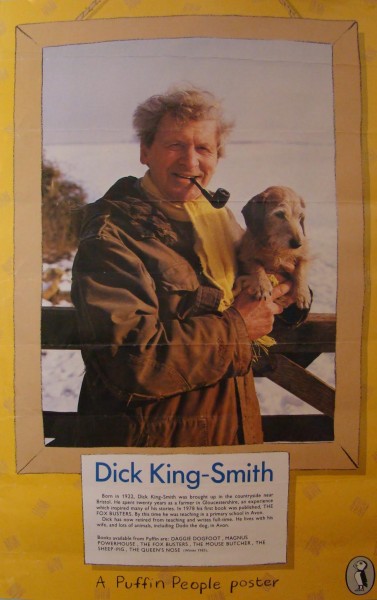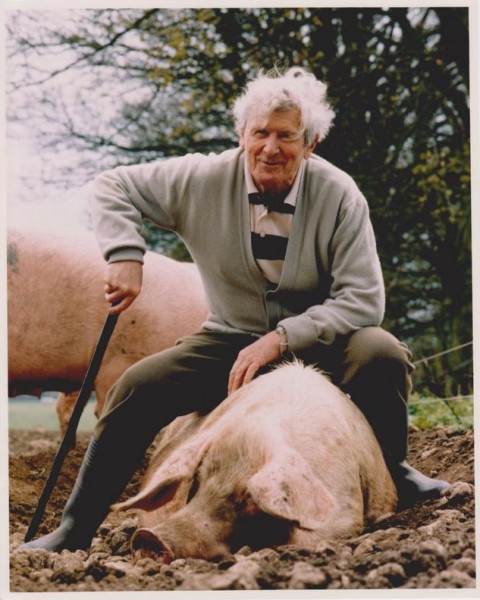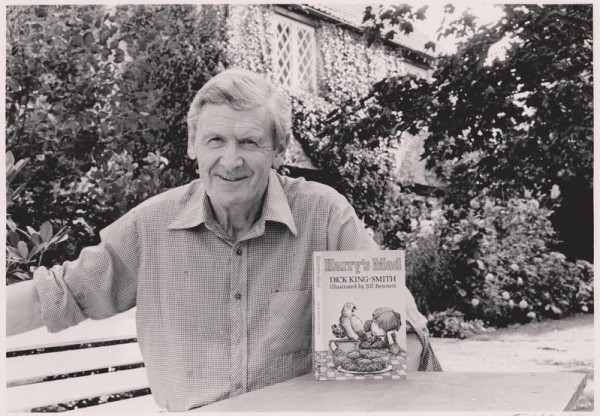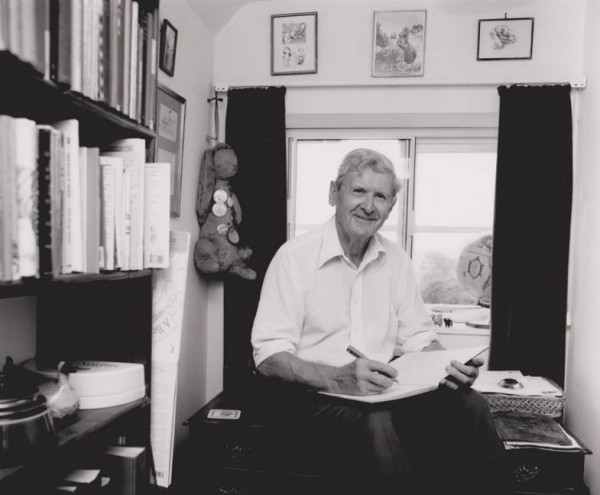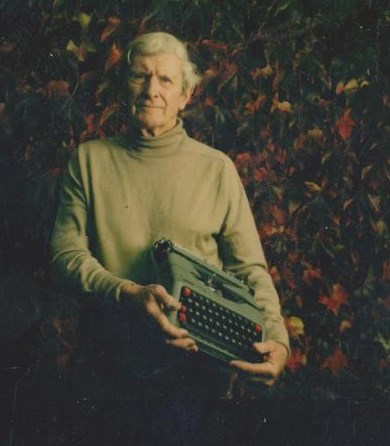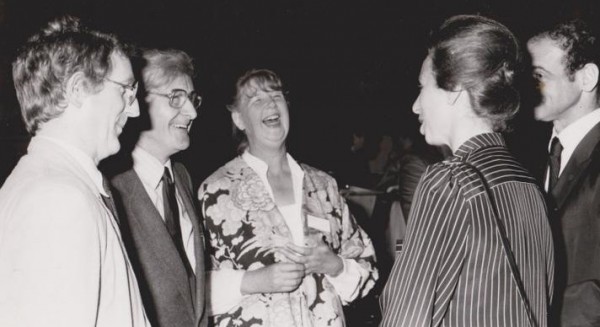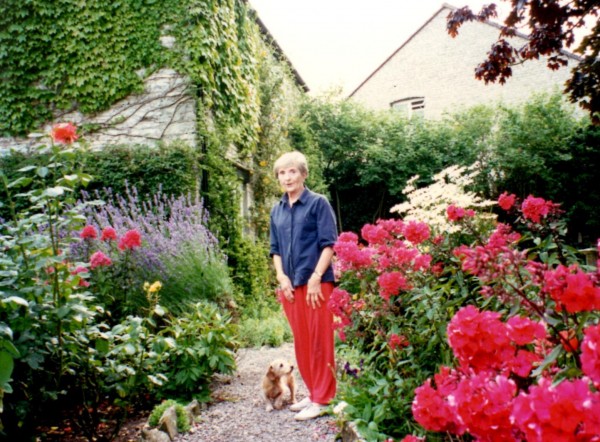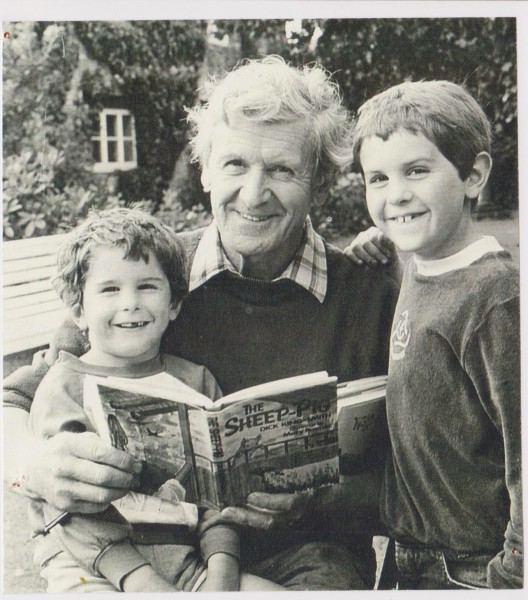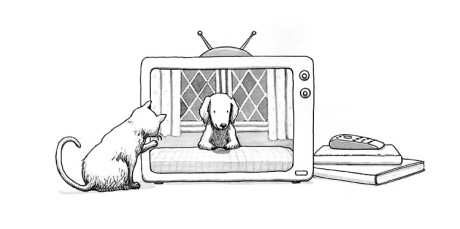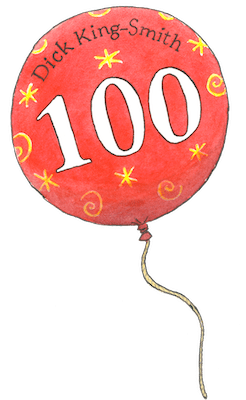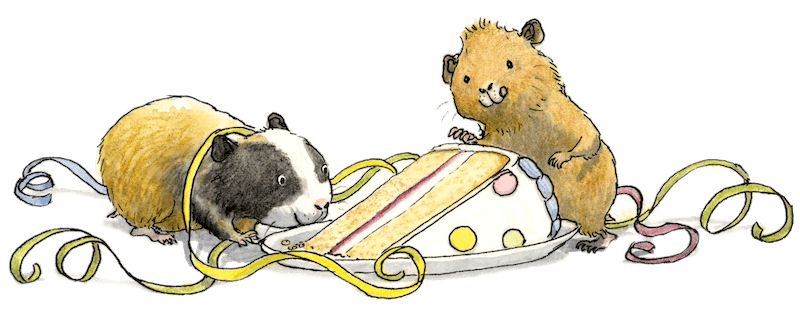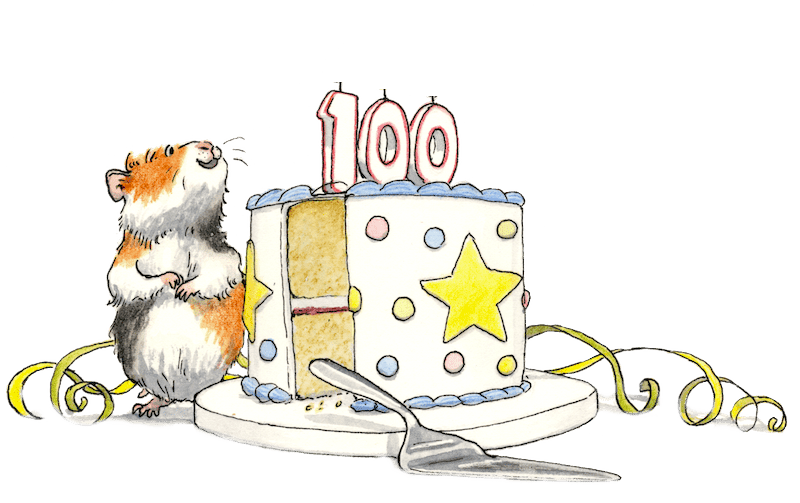A Writer at Last
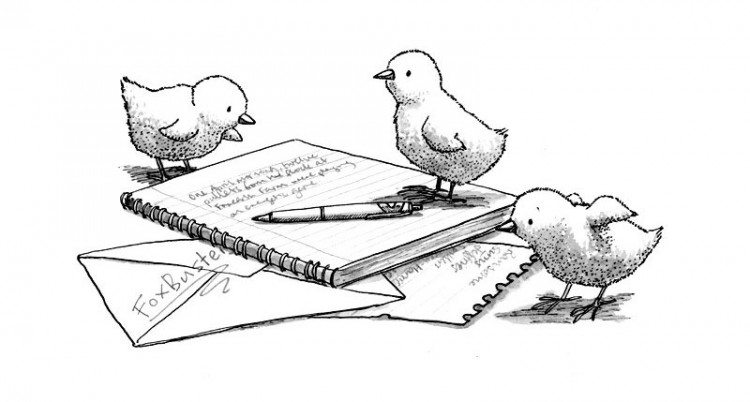
During the school summer holidays of 1976 Dick started writing a story for children. It took him three weeks to complete the first draft of The Fox Busters, a tale inspired by a brutal and daring daylight fox raid on some fine white cockerels Dick had had at Woodlands Farm twenty years earlier. The manuscript was rejected by the first two publishers Dick sent it to. But it was third time lucky when he submitted it to Victor Gollancz, whose children’s book editor, Joanna Goldsworthy, showed an interest. Dick always credited her with helping him get started on his writing career:
‘She pushed me and pulled me and encouraged me, until at last I knocked the story into publishable shape.’
Two years later, when Dick was fifty-six, his first book, The Fox Busters, was published. It was an immediate success and from that point onwards, Dick was unstoppable. The ideas came fast and easily, Dick enjoyed writing, and children adored his work. In 1980 Daggie Dogfoot was published, the following year came The Mouse Butcher, and in 1982, Magnus Powermouse. That was also the year that Dick was able to give up teaching and become a full-time writer. In 1983, The Sheep-Pig came out. The idea for the plot had occurred to Dick when he noticed a Guess-the-Weight-of-the-Pig stall at his village summer fête. It became his most famous book and was turned into the hugely successful film, Babe, first released in 1995. Of all his books for younger children, this was the one of which Dick was most proud.
Over the next twenty years, Dick went on to produce over a hundred books, sometimes writing as many as seven or eight a year. As his output increased, publishers other than Gollancz began to take his work, including Puffin and Random House; and he wrote a series of titles for Walker Books about a determined, small girl called Sophie, who wanted to become a lady farmer, and who was based on his wife, Myrle.
In 1982 Dick had a small extension built onto his old cottage, which gave him room for a tiny study. It was so small that Dick could touch the walls on either side as he sat at his desk, without straightening his arms, and this is where he wrote for the rest of his life.
Dick aimed to write a chapter a day and always said that he never planned stories but would just have an idea and then get cracking. Every morning he went up to his study and wrote away in longhand on rough paper, sometimes even on the backs of old envelopes.
‘The handwriting is awful: there are arrows and crossings-out and asterisks and additions in red ink or green. If I died one lunchtime, Myrle wouldn’t have a clue what I’d written.’
After lunch, he would return and type up the morning’s work on an old portable typewriter, bashing away with one finger. In the evenings, over a drink, he would read his day’s work to Myrle and her reaction to what he read was how he decided whether it was good enough:
‘If she says, “Super” or “Great” . . . that’s grand. If she says, “Yes, well, I think it’s time I put the Brussels sprouts on” and appears less than impressed, I have to begin thinking very seriously.’
Dick always said that, while finally not having to worry about how to pay the bills was one of the nice aspects of being a successful writer, the very best thing was receiving thousands of letters from children who had read and enjoyed his books. He particularly liked it if he felt that his books had helped a poor reader or a child to get the reading bug. He was greatly amused by some of the letters:
‘Dear Mr King-Smith, I was going to write to Roald Dahl, but he died, so I’m writing to you instead.’
‘I do enjoy your books, please try to write a few more before you die.’
‘Dear Dick King-Smith – my favourite author is Jacqueline Wilson.’
‘Dear Dick King-Smith, are you dead yet?’
And; ‘When you die, say hi to Roald Dahl for me.’
